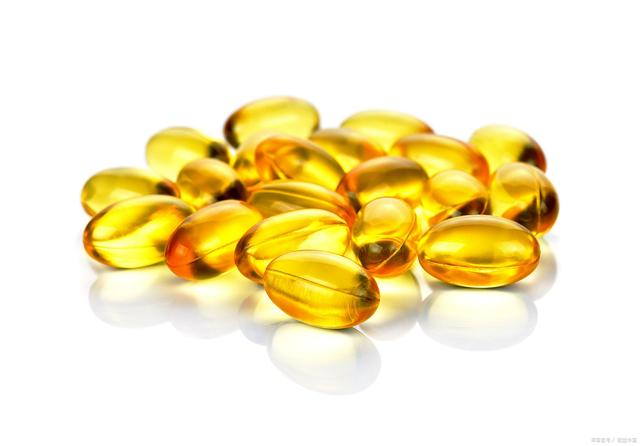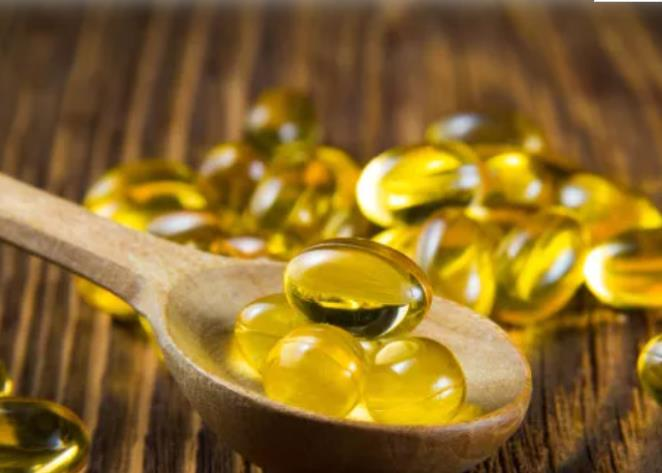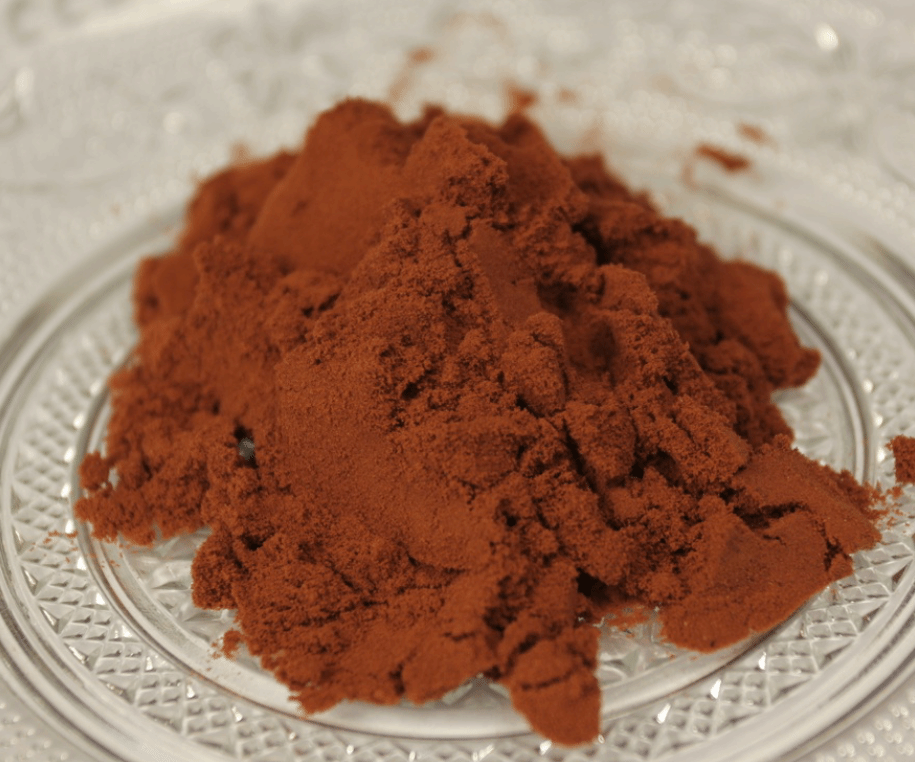Understanding Vitamin D: Sources, Benefits, and Deficiency Symptoms
What is Vitamin D?
Vitamin D is an essential vitamin that plays a crucial role in maintaining overall health, particularly bone health. This vitamin can be found in certain foods, including oily fish such as salmon, sardines, tuna, and mackerel. Mushrooms grown under ultraviolet light also contain vitamin D. To increase the intake of vitamin D, foods like juice, dairy products, and cereals are often fortified with it. However, the majority of vitamin D can be obtained through sun exposure. Indeed, about 80-90% of the required vitamin D can be synthesized by the skin when it is exposed to sunlight. However, factors such as sunscreen, cloudy weather, and clothing can limit UV exposure. Therefore, unless you live in sunny, tropical regions, you are likely to be deficient in this vital nutrient.
Vitamin D2 vs. D3
Vitamin D supplements come in two different chemical forms: Vitamin D2 (ergocalciferol) and D3 (cholecalciferol). Although vitamin D2 is less potent, both forms offer similar health benefits at recommended doses. Vitamin D2 is produced by yeast, while Vitamin D3 is the form produced in the skin through sun exposure. According to some studies, most people are deficient in Vitamin D3. To address this, Vitamin D3 is added to supplements and many fortified foods such as spreads and cereal products. Naturally occurring sources of this essential vitamin include egg yolks, milk, and oily fish.
Despite the various ways to supplement vitamin D, many people, especially pregnant women and children, remain deficient in this nutrient, particularly in winter. It is, therefore, recommended that most people, especially breastfed infants who cannot obtain enough vitamin D from breast milk, take vitamin D supplements.
Benefits of Vitamin D
1.Helps with Weight Loss
Some studies have found that supplementing with calcium and vitamin D can lead to a reduction in LDL cholesterol and help improve waist circumference. This effect is seen particularly in overweight and obese women with previously low calcium intake. However, more research is needed to explore this further.

2.Bone Mineralization and Joint Pain Relief
Like our muscles, our bones continuously remodel through mineralization. Vitamin D helps maintain bone mineralization by ensuring a significant supply of calcium in the blood, which can be achieved by increasing the absorption of dietary calcium in the intestines. Studies have also observed the positive role of vitamin D in calcium deposition in bones. If you regularly engage in resistance training, you know that post-exercise soreness is common. Vitamin D3 can help prevent and treat long-term issues of bone weakness and pain, enabling you to maintain strength even as you age.
Side Effects of Vitamin D
Vitamin D in recommended doses is generally safe. Most people do not experience side effects unless they take excessive amounts of supplements. The body can regulate vitamin D production from sunlight, and the upper limit for adults is set at 4,000 IU per day to prevent side effects.

Signs and Symptoms of Vitamin D Deficiency
A classic example of prolonged vitamin D deficiency is rickets, a childhood disease resulting in bone softening and skeletal deformities due to inadequate bone mineralization. This is why milk is fortified with vitamin D and breastfed infants are recommended to take vitamin D supplements. In adults, bone fragility is the most common symptom of vitamin D deficiency, characterized by bone pain and muscle weakness, although symptoms may be mild. Adequate vitamin D is necessary for maintaining a healthy immune system and muscle function. If you are concerned about your vitamin D levels, such as if you follow a vegetarian diet and avoid sun exposure, discuss with your doctor the best measures to avoid nutrient deficiency.











